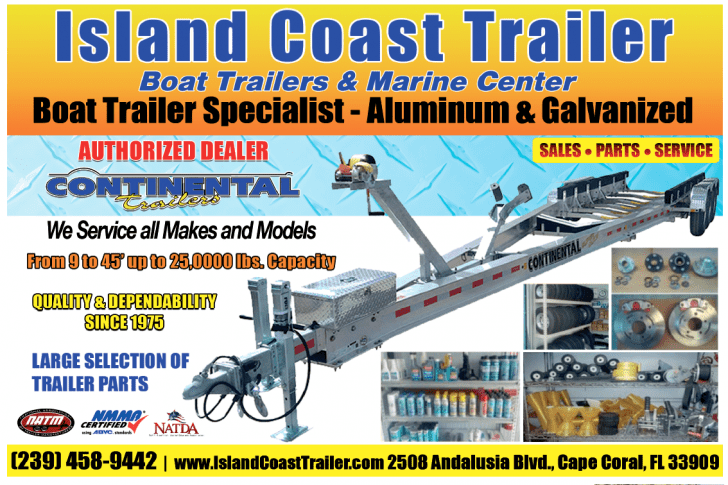By CAM Staff
With the explosion of kayaks and stand-up paddleboards (SUPs) in fishing, new boats have hit the market combining the best features of both. Some even draw on the benefits of skiffs, including motor power, to become hybrid vessels more like one-man flats boats.
This evolution of fishing vessels is good, but sometimes the results bear little resemblance what drew people to the pursuit to begin with. Access to backwaters, portability, stealth and an elevated position are three advantages of SUP fishing. But the reasons most people get into it are cost-savings and simplicity. It’s like bank fishing with much better access.
The unique experience is a primary driver for SUP anglers. The following are a few tips to enhance that experience.
1) Play the Tide, Wind and Current: SUPs are lightweight and high-floating by design. This makes them portable, and it also makes them susceptible to the slightest current or wind. By knowing the currents, tides and weather and planning around them, you can save yourself from a grueling paddle at the end of a day. Either start the day with a paddle against the elements and drift fish back to the put-in, or use two vehicles to drift from a put-in to a separate take-out.
2) Take an anchor: An anchor or stake-out pole is essential when you want to stop paddling to fish. Staking yourself down with a pole keeps you stationary in shallow water, while an anchor gives the freedom to fish deep water. Even small fish have strength to pull an SUP, so an anchor helps when fighting fish, as well.
3) Rigged Out Cooler: On an SUP, your cooler is much more than an icebox. Mounted to the deck just aft of the middle of the board, it is a seat, a work surface and a great place to mount rod holders. Consider getting a cushion for comfort. Mount vertical rod holders to the cooler. Opt for a cooler top with a tray or cup holders to keep stray tackle from going overboard.
4) Streamline Gear: An uncluttered deck reduces hassle and makes fishing from an SUP much more fun. Take only what you need, which should include no more than a couple rods and reels and a small selection of tackle. Some folks like a strapped-down milk crate or a 5-gallon bucket for holding gear. Others prefer to wear their gear in a tackle pack. You’ll also want pliers and fish grips on a lanyard. A small dry bag is good for your phone, wallet and keys, because everything is going to get wet.
5) Paddle Leash: Tie down anything you mind losing, and this includes your paddle, which you’ll be up the creek without. Many prefer a paddle leash with a waist loop. The other end ties off to the paddle a couple feet below the handle. With the paddle head resting on the board, the handle hangs right off your hip. With a little practice, this setup allows for one-handed maneuvering of the board.


